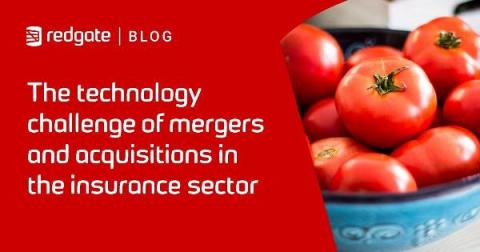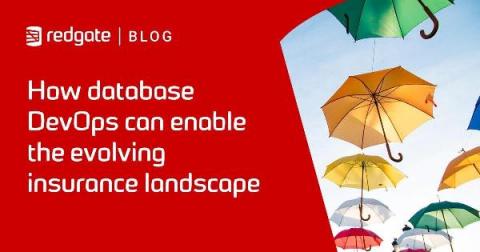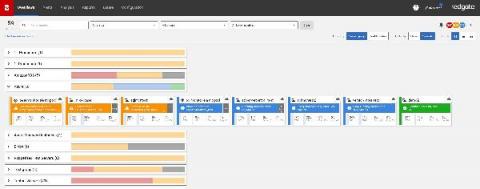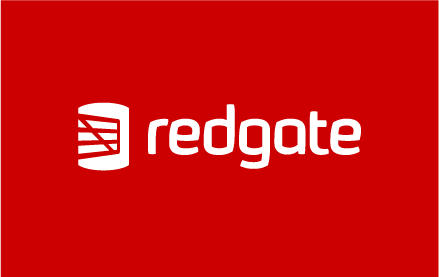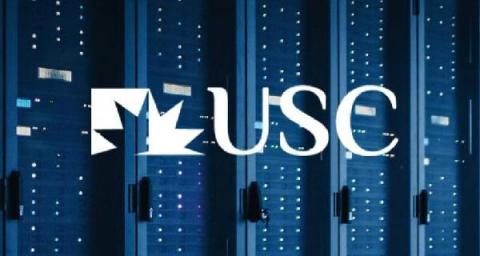Overcoming Database DevOps Challenges: Part 1
As part of our research for the 2021 State of Database DevOps report, we asked 3,000+ recipients what they consider to be the greatest challenge when integrating database changes into a DevOps process. According to the respondents, these are the most important challenges facing database professionals when introducing DevOps practices to database development.






